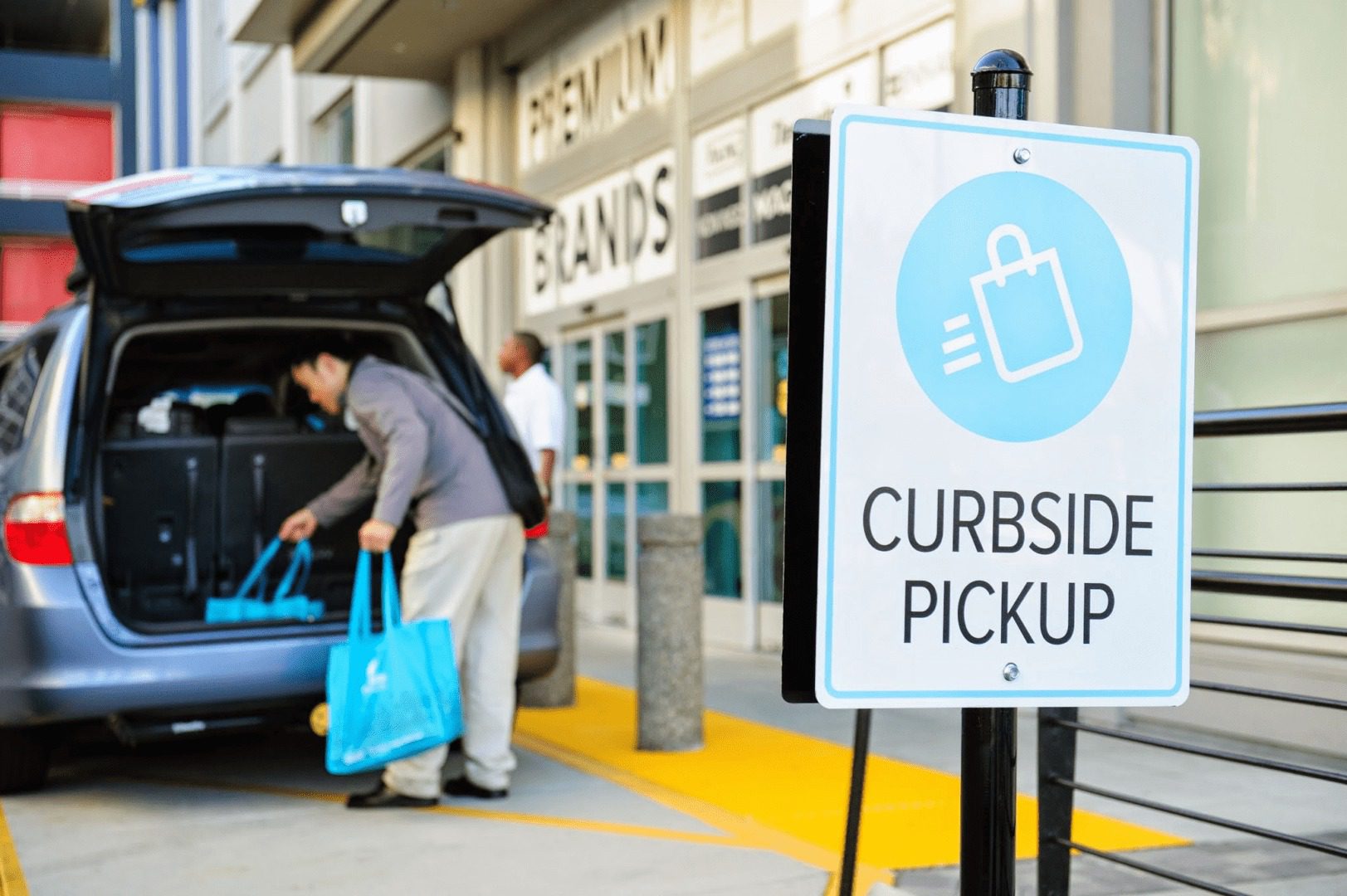 Holiday 2020 was unlike any other for ecommerce growth. In November and December, Adobe Analytics reported that online shopping grew 32.2% from 2019, totaling $188.2 billion. This massive increase put significant strains on the supply chain as well as shipping and delivery.
Holiday 2020 was unlike any other for ecommerce growth. In November and December, Adobe Analytics reported that online shopping grew 32.2% from 2019, totaling $188.2 billion. This massive increase put significant strains on the supply chain as well as shipping and delivery.
Over the course of the COVID-19 pandemic, items that consumers shopped for reflected the stay-at-home sentiment, such as household essentials, electronics and entertainment and health, beauty and wellness products. As the vaccine continues to roll out, it is anyone’s guess as to how consumers will approach shopping, but one thing is certain — ecommerce is here to stay, and digital supply chain adoption is imperative for long-term success.
Here’s a look at three ways retailers can make effective changes for better logistics operations.
Partner with stores for curbside offerings when delivery delays are unavoidable.
Even though retailers’ shift to all (or mostly) ecommerce came abruptly last March, consumers still felt the effects of the disrupted supply chain months later. In April, as people felt panic with stores having to temporarily close, 70% of consumers said that expected or promised delivery dates to order essential items impacted their purchase intent. By October that number had only dropped to 66% — a clear indication that people were still very much looking to get their orders as soon as possible.
Many large retailers like Best Buy and Walmart rolled out or enhanced curbside offerings to help get consumers what they needed faster. While not every retailer has prominent physical footprints like these retailers, creating partnerships with stores that can be used as a pickup location could be a strategy for smaller retailers that aren’t able to reach customers outside of their ecommerce storefronts.
In the coming months, consumers will likely start to adjust their preferences to match their feelings about safety, while also trying to add in an element of normalcy with more people now receiving the vaccine, and curbside pickup is a service that sits at the intersection of this dynamic. Curbside has proven to be an important service for retailers to offer when delivery carriers are experiencing high volume times or facing delays due to weather or other unforeseen challenges.
Invest in the digital supply chain.
With retailers’ shift to significantly more ecommerce sales, the need for them to invest in a digital supply chain has become more important.
By implementing a digital supply chain powered by drop-ship capabilities, retailers are able to make better decisions to help meet delivery expectations, like selecting a different warehouse or distributor that carries the same product, even if it is farther away, so that an order can be fulfilled quickly. This ability to tap into a vast network of distribution centers and logistic providers helps combat out-of-stocks and cancellation rates, and enables retailers to have an accurate view of available inventory at all times while meeting delivery promises.
Lean into rewards and loyalty programs like never before.
Rewards and loyalty programs are a way to build loyalty, trust and goodwill with consumers by offering them exclusive deals and perks.
More importantly, retailers can use perks to help disperse order volume and relieve the inundated supply chain. For example, a retailer could offer additional rewards to a customer who is willing to wait three days for an order instead of two. This can help with lowering shipping costs on the retailer side and spreading out order volume, and the customer feels like they are getting something in return, even if it means having to wait an additional day for their purchase.
The COVID-19 pandemic has highlighted the need for retailers to take a closer look at their logistics operations and ensure that they have a strategy in place to support their business growth and protect their brand experience. Adopting digitally based inventory allocation capabilities like drop ship, and enhancing the customer experience with convenient and contactless options are important ways for retailers to move forward and continue to meet fast-changing consumer behaviors.
Erik Morton has over 15 years of entrepreneurial experience in ecommerce and edTech SaaS, with a focus on building and launching new software products. He currently serves as SVP of Product and Strategy at CommerceHub, a leading ecommerce enablement platform connecting supply, demand and delivery that helps retailers and brands increase sales by expanding product assortments, promoting products on the channels that perform and enabling rapid, on-time customer delivery.




